Do we want more influence or less over the flies? Who or what is in charge of the nymphs? Is it you or the river? What looks more natural? Which choice — which method — fools more trout?
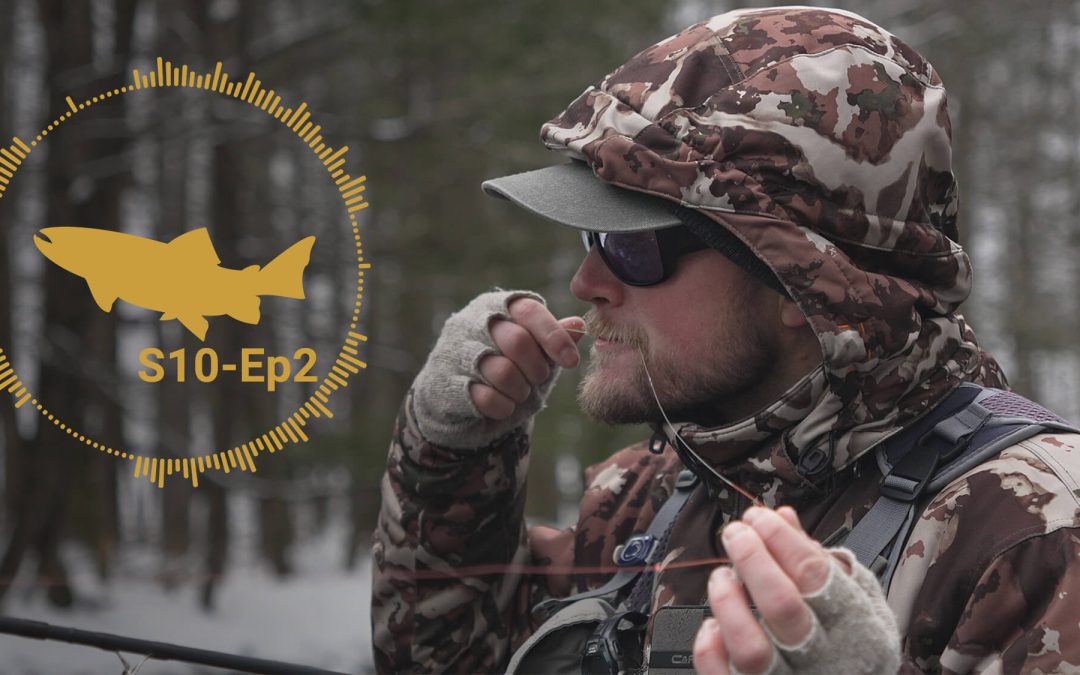

Do we want more influence or less over the flies? Who or what is in charge of the nymphs? Is it you or the river? What looks more natural? Which choice — which method — fools more trout?
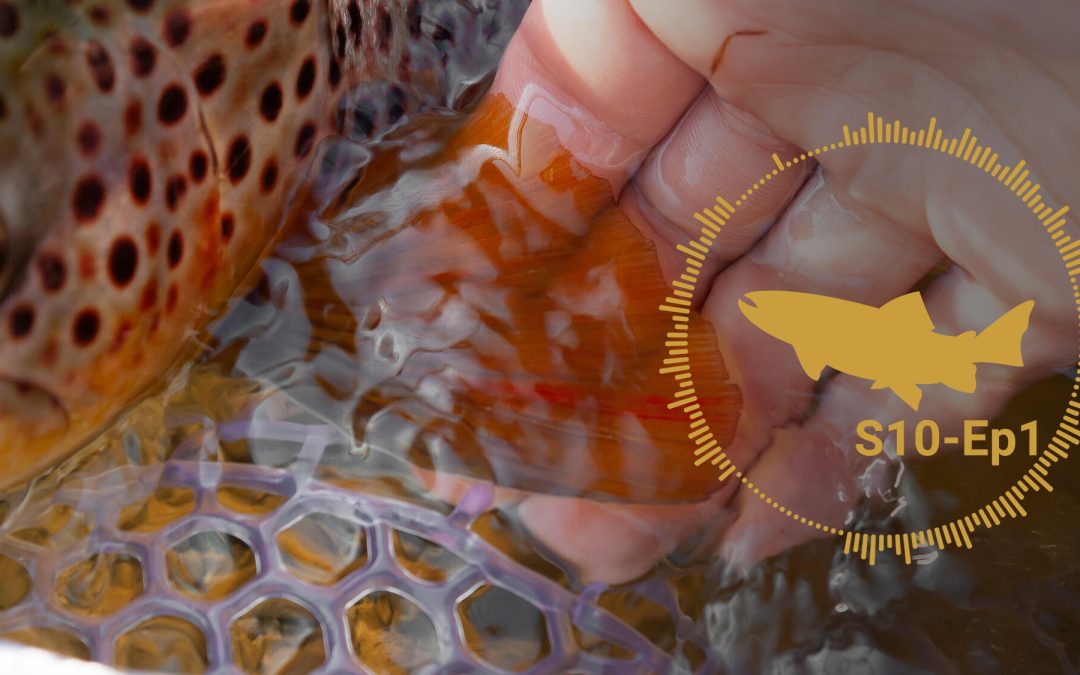
Is the fly low enough for long enough? Is everything in one lane? And do I have to be this far away? These are the key questions. This Season Ten skills series is about the critical concepts of nymphing. Importantly, these concepts apply to all nymphing styles, tight line, indicator or otherwise.
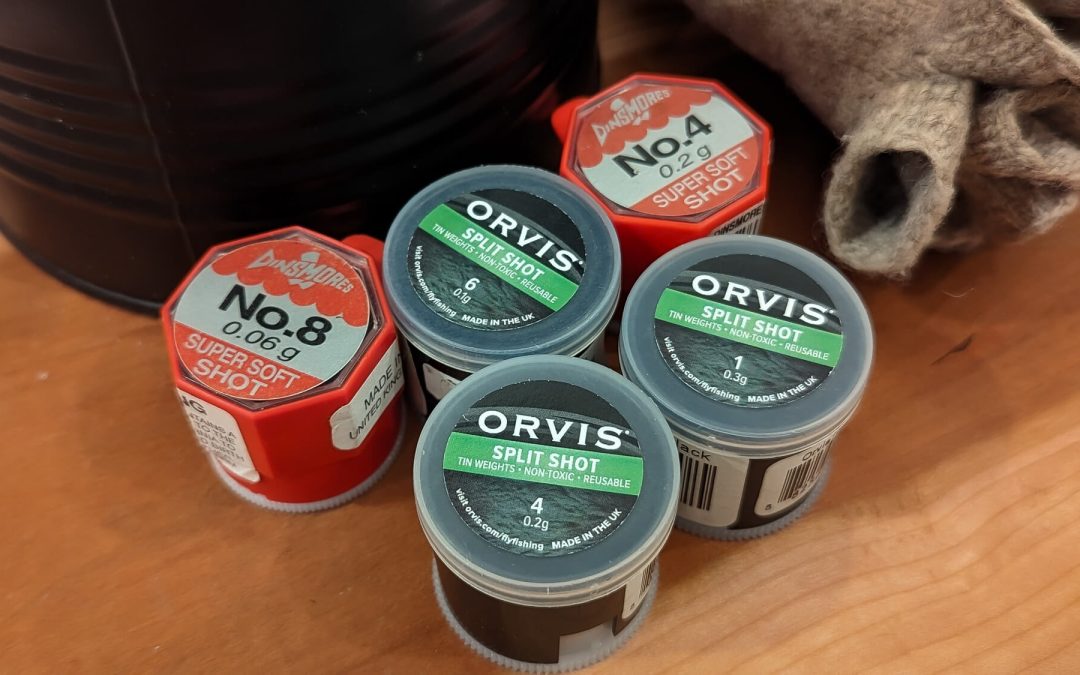
Split shot doesn’t create tangles. Bad casting and bad rigging does. Don’t blame the shot. Have a plan and learn the system.
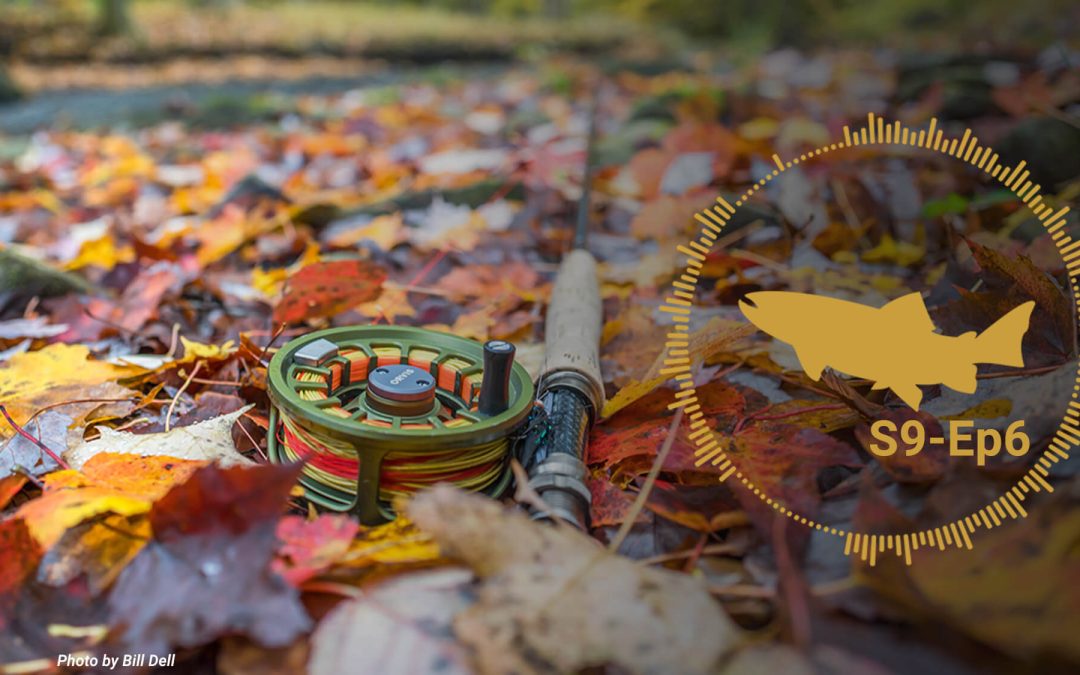
How do we fish the different leader builds for tight lining? What are the advantages and disadvantages of Standard, Thin and Micro-Thin Mono Rigs? What can we do with each of them?
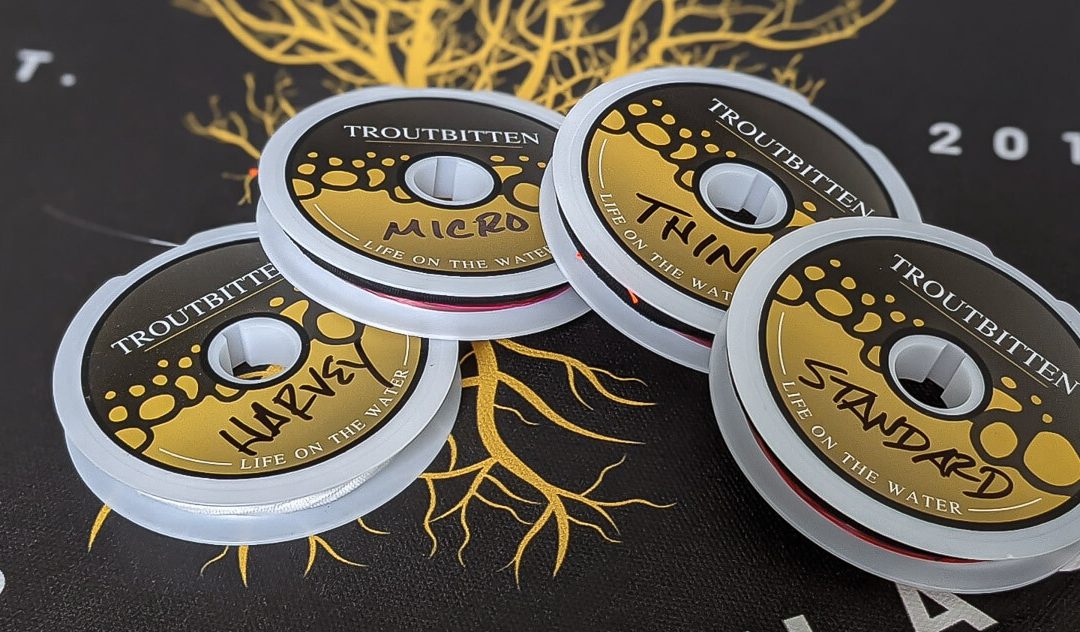
The Troutbitten Fall Sale ’23 is here, with all leaders, hats and stickers back in the Troutbitten Shop. With this round, we have a few special items to offer, from the Troutbitten and New Trail Brewing company collaboration. There’s a Fish Hard / Drink Beer hat, sticker and t-shirt. The Troutbitten Shop is fully stocked. Hats, leaders, stickers, shirts, hoodies and more are ready to go.
Can we truly drift nymphs without any influence over them? No. And while I agree that too much contact or too much influence over the nymph can look unnatural, I disagree that being out of contact is the best approach . . .
The Troutbitten Summer Sale ’23 is here, with all leaders, hats and stickers back in the Troutbitten Shop. With this round, I have a few special items to offer, from the Troutbitten and New Trail Brewing company collaboration. There’s a Fish Hard / Drink Beer hat, sticker and t-shirt. The Troutbitten Shop is fully stocked. Hats, leaders, stickers, shirts, hoodies and more are ready to go.
A dead drift is the most common goal for a nymph, but there are three distinct ways to achieve it: bottom bouncing, strike zone rides and tracking the flies.
Each of these tactics simulates something that a trout sees every day. And each can fairly be described as a dead drift. But often, just one of these presentations is the most agreeable approach to the trout. All of them can look like a natural dead drift . . .
There are three questions that lead you to solving all your nymphing problems. If you’re struggling, if you’re wondering if the empty net is your fault, ask yourself these questions and answer them honestly.
Is everything in one seam? Do I have to be this far away? Is my fly deep enough for long enough?
Assuming that a dead drift is the goal for your nymph, answering these three questions leads you to correcting your own mistakes . . .
If there’s one thing in nymph fishing that gets far too much credit, it’s the induced take, in all forms. From Frank Sawyer’s slight movement up and out of a pure dead drift, to the Leisenring lift, nymphing anglers everywhere are enamored with ways to twitch, jig, swing and lift the nymph.
An excellent dead drift is your baseline presentation. The induced take is a variation. And do not forget that a good induced take begins with a great dead drift. That is what is so often missed . . .
Slipping contact is the intermixing of influence and autonomy. Take the fly somewhere — help it glide along. Then surrender it to the current, and let the river make the decisions. Slip in and out, and find the balance between influence and independence to the fly . . .